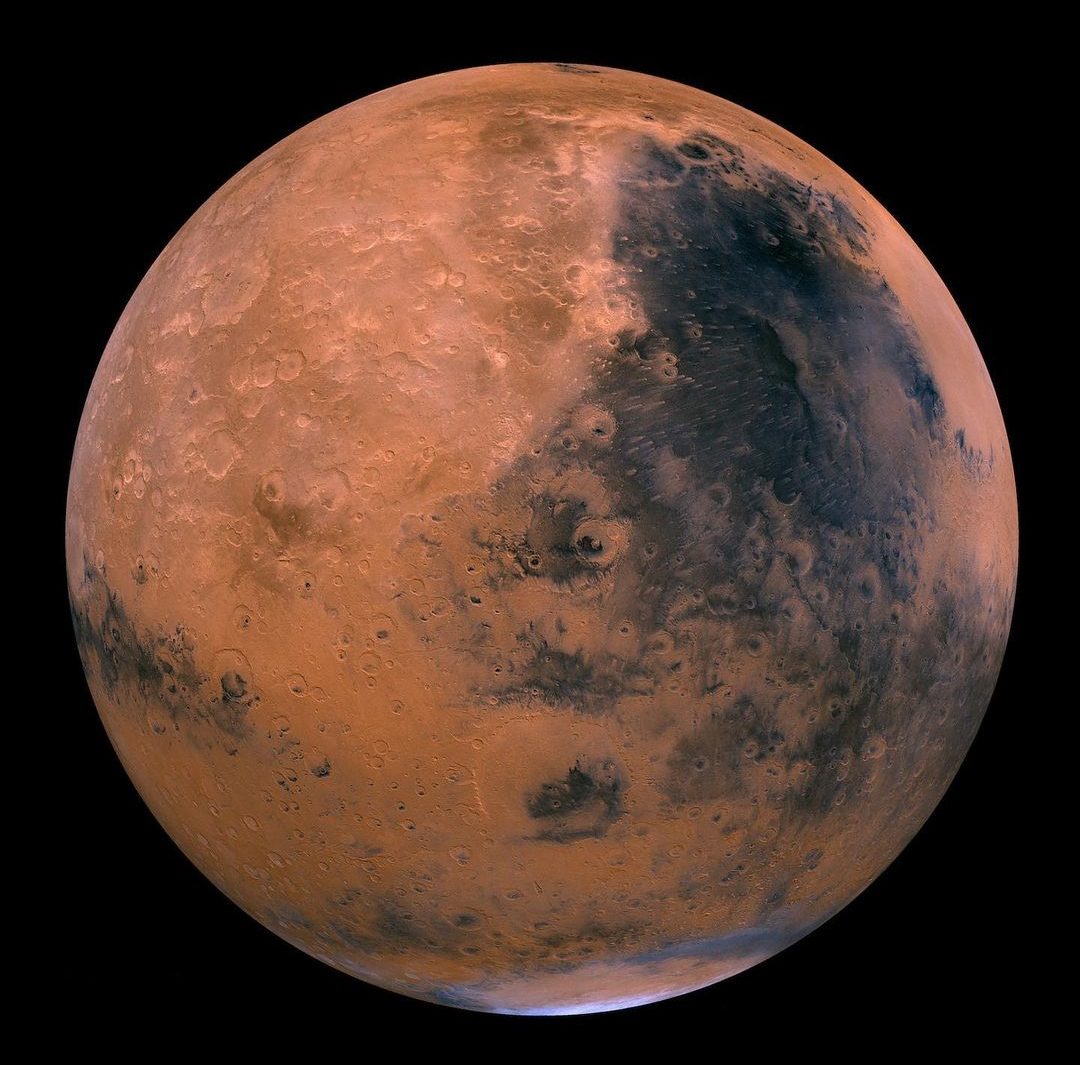On February 18, 2021, the NASA rover perseverance landed on Red Planet, in a 45-kilometer crater called Jezero. The rover has traversed a 4-square-kilometer area since landing on the planet with the goal of gathering rocks. NASA scientists chose this particular crater floor patch as it might include Jezero’s deepest and oldest exposed bedrock layers. Hence, by investigating the surface, this may be our best chance to find evidence of the old microbial life. So if the planet had life, we would know. Now, NASA’s perseverance rover is closer to finding the truth than ever before. As it prepares for the collection of the first-ever Martian rock.
Up ahead: the target spot where I plan to collect my first-ever sample of Martian rock. I have everything I need with me to get the job done. First is to collect detailed, close-up science of the rock, then comes the coring.
Why and how I’ll sample here: https://t.co/MYw9RoDbGj pic.twitter.com/EPHJVmJH6n
— NASA's Perseverance Mars Rover (@NASAPersevere) July 21, 2021
The Process
To begin the sample operation, the rover will place everything it requires within reach of its 7-foot robotic arm. This would lead to rigorous image scanning to allow NASA’s scientific team to determine the exact location of the samples.
Sampling day kicks off by retrieving a sample tube, heating it, and then placing it into a coring bit. The robotic arm on the rover with the use of a device will drill into the geologic rock, filling the tube with a core sample the size of a piece of chalk. Furthermore, hermetic sealing and preservation of the sample will take place post collecting and photographing it. Finally, after the eventual return of the sealed tube to earth, the analysis of the contents will commence.
To put this entire process in perspective, Neil Armstrong collected the first Moon sample in 3 minutes and 35 seconds. NASA’s perseverance rover will take roughly 11 days to finish the first sampling.
A Significant Mission
While it is critical to look for evidence of microbial activity, Perseverance’s research will add to our understanding of the planet’s geology and climate history. The success of the sample return mission will pave the way for similar missions to Mars in the future. In addition, it will approve NASA’s Moon-to-Mars exploration strategy. Getting missions like Artemis off the ground. This would undoubtedly pave the path for human exploration and the eventual colonization of Mars.




Warning: Use of undefined constant ‘url’ - assumed '‘url’' (this will throw an Error in a future version of PHP) in /var/www/html/wp-content/themes/theissue/functions.php on line 143
Warning: Use of undefined constant ‘url’ - assumed '‘url’' (this will throw an Error in a future version of PHP) in /var/www/html/wp-content/themes/theissue/functions.php on line 143